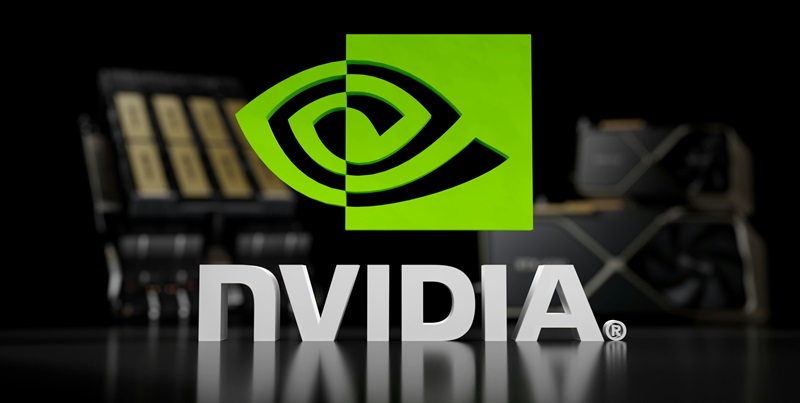In a ground-breaking venture that promises to elevate Taiwan’s technological prowess, Foxconn and Nvidia have teamed up to construct one of the world’s most powerful supercomputers, named the Hon Hai Kaohsiung Super Computing Center. This endeavor, announced at the Hon Hai Tech Day event, will leverage Nvidia’s advanced Blackwell GPU architecture and the GB200 NVL72 platform, featuring an impressive 64 racks housing 4,608 Tensor Core GPUs. The supercomputer aims to deliver over 90 exaflops of AI performance, setting a new standard for computational power in Taiwan.
Groundbreaking Applications and Strategic Vision
The primary goal of the new supercomputer is to drive advancements in various critical sectors, including cancer research, the development of large language models, and smart city innovations. These initiatives align seamlessly with Foxconn’s "three-platform strategy," which places a strong emphasis on smart manufacturing, smart cities, and electric vehicles. The substantial computational capabilities of the supercomputer will enable significant progress in digital twins technology, robotic automation, and the development of smart urban infrastructure, particularly benefiting major cities like Kaohsiung.
Construction Timeline and Technological Integration
Construction of the supercomputer is already underway, with its initial phase expected to be operational by mid-2025 and full deployment targeted for 2026. In addition to utilizing Nvidia’s Blackwell chips, the project also incorporates Nvidia Omniverse and Isaac robotics platforms to revolutionize manufacturing processes and improve efficiencies in AI computing. According to James Wu, Vice President of Foxconn, this supercomputer marks a monumental leap in AI computing and efficiency.
Technical Specifications and Capabilities
Central to this supercomputer’s capabilities is the GB200 NVL72 platform, which features cutting-edge technology. Each rack contains 36 Nvidia Grace CPUs and 72 Nvidia Blackwell GPUs, interconnected through Nvidia’s NVLink technology. This setup ensures high bandwidth and enables the 72-GPU system to operate as a single, unified GPU, making it ideal for large AI model training and real-time complex inference tasks.
Foxconn’s Role and Broader Implications
Foxconn, officially known as Hon Hai Precision Industry Co., is widely recognized as the largest electronics manufacturer globally. The company produces a diverse array of products, including smartphones and servers, for leading technology brands worldwide. Beyond technical advancements, Foxconn is also spearheading the development of digital twins of its factories through Nvidia Omniverse. Additionally, Foxconn employs Nvidia NIM microservices to create domain-specific large language models that are integrated into various internal systems within its AI factories, thereby enhancing efficiencies in both smart manufacturing and smart cities.
Conclusion
In a pioneering effort set to boost Taiwan’s technology landscape, Foxconn and Nvidia have joined forces to build one of the most powerful supercomputers in the world, called the Hon Hai Kaohsiung Super Computing Center. This ambitious project was revealed at the Hon Hai Tech Day event and will utilize Nvidia’s cutting-edge Blackwell GPU architecture along with the GB200 NVL72 platform. The supercomputer will feature a staggering 64 racks that contain a total of 4,608 Tensor Core GPUs. With the aim of exceeding 90 exaflops in AI performance, this supercomputer is poised to revolutionize computational capabilities in Taiwan.
This collaboration signifies a major leap for Taiwan’s tech industry, promising to provide unparalleled computational power that could be a game-changer for various sectors, from scientific research to commercial applications. The integration of Nvidia’s groundbreaking technology ensures that the Hon Hai Kaohsiung Super Computing Center will be at the forefront of innovation, setting a new benchmark for supercomputing performance not just in Taiwan, but on a global scale.

